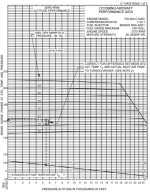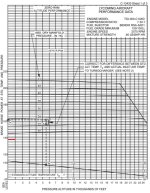New York, NY
- Aircraft Year
- 1976
- Aircraft Type
- 112TC
- Reg Number
- N976MA
- Serial Number
- 13043
Re: The Unexpected Drop of MP at 12K Ft
Cable : I replaced mine after 18 yrs.
Did in 2000. Now again in 2018. It started showing signs of binding last yr.
Not every 2 yrs !
My main cable (installed) is the expen$ive Lycoming. I had ordered it last yr - took 3 weeks to show up from Lycoming. Just installed it this annual (a month ago).
I am carrying the Beechurst as a backup as well.
Cable : I replaced mine after 18 yrs.
Did in 2000. Now again in 2018. It started showing signs of binding last yr.
Not every 2 yrs !
My main cable (installed) is the expen$ive Lycoming. I had ordered it last yr - took 3 weeks to show up from Lycoming. Just installed it this annual (a month ago).
I am carrying the Beechurst as a backup as well.


